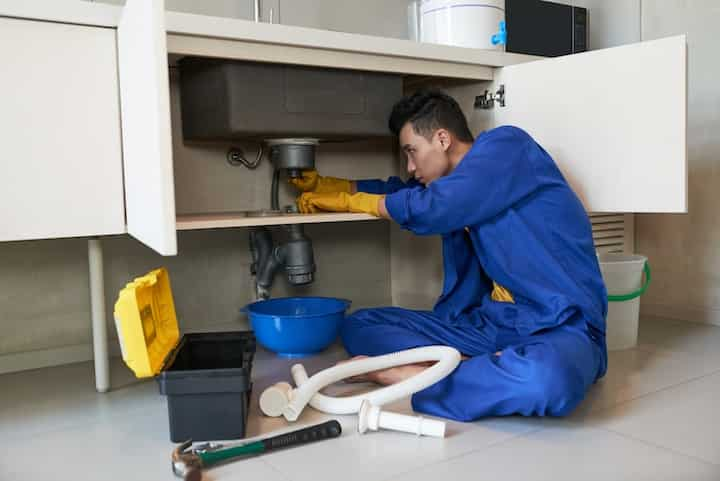
Expert Backflow Prevention Services Surfacing for Your Home
Backflow prevention is a crucial aspect of maintaining a safe and healthy water supply in residential settings. It ensures that contaminated water does not reverse its flow and enter the clean water supply, which could lead to significant health risks. Understanding the importance of backflow prevention and the services available to address these needs is essential for homeowners looking to protect their water supply and comply with local regulations.
Understanding Backflow and Its Risks
Backflow occurs when the normal flow of water is reversed, allowing contaminants to enter the potable water system. This can happen for several reasons, including:
- Pressure changes: Variations in water pressure can cause backflow, especially if there is a sudden drop in pressure in the main water line.
- Cross-connections: Improper connections between potable and non-potable water systems can create opportunities for contamination.
To prevent these risks, it is essential to have a reliable backflow prevention system in place. Explore further insights here.
Types of Backflow Prevention Devices
There are several types of backflow prevention devices, each suited for different situations and levels of risk. These include:
- Air gaps: A simple method involving a physical space between the water outlet and the highest water level, preventing backflow.
- Reduced pressure zone assemblies: These are mechanical devices designed to prevent contamination by maintaining a lower pressure in a specific section of the plumbing system.
- Double check valves: A device that uses two check valves to prevent backflow, typically used in moderate risk situations.
Learn more in this detailed guide about choosing the right device for your home at Read more about this topic.
Benefits of Professional Backflow Prevention Services
Engaging professional services for backflow prevention offers several advantages:
- Expert assessment: Professionals can accurately assess the specific backflow risks associated with your property.
- Customized solutions: Tailored solutions ensure that the chosen prevention method meets the unique requirements of your home.
- Compliance assurance: Professional services ensure compliance with local regulations and standards, avoiding potential fines and penalties.
- Regular maintenance: Ongoing maintenance services help ensure the continued effectiveness and reliability of backflow prevention devices.
Find additional information here on how professional services can benefit homeowners: Check out customer reviews here.
Steps to Implementing Backflow Prevention
Implementing a backflow prevention system involves several steps:
- Assessment: A thorough assessment of the property to identify potential backflow risks and existing cross-connections.
- Device selection: Choosing the appropriate backflow prevention device based on the level of risk and specific needs of the property.
- Installation: Professional installation of the chosen device, ensuring it is correctly fitted and functioning.
- Testing and maintenance: Regular testing and maintenance to ensure continued compliance and effectiveness of the system.
Learn more about the implementation process and its benefits at Explore further insights here.
Importance of Regular Testing and Maintenance
Regular testing and maintenance of backflow prevention devices are critical to ensure they are functioning correctly. This includes:
- Annual testing: Most local regulations require annual testing by a certified professional to ensure devices are working as intended.
- Prompt repairs: Addressing any issues immediately to maintain the integrity of the water system.
- Documentation: Keeping thorough records of testing and maintenance activities to demonstrate compliance with regulations.
Check out customer reviews here to understand the benefits of regular maintenance: Find additional information here.